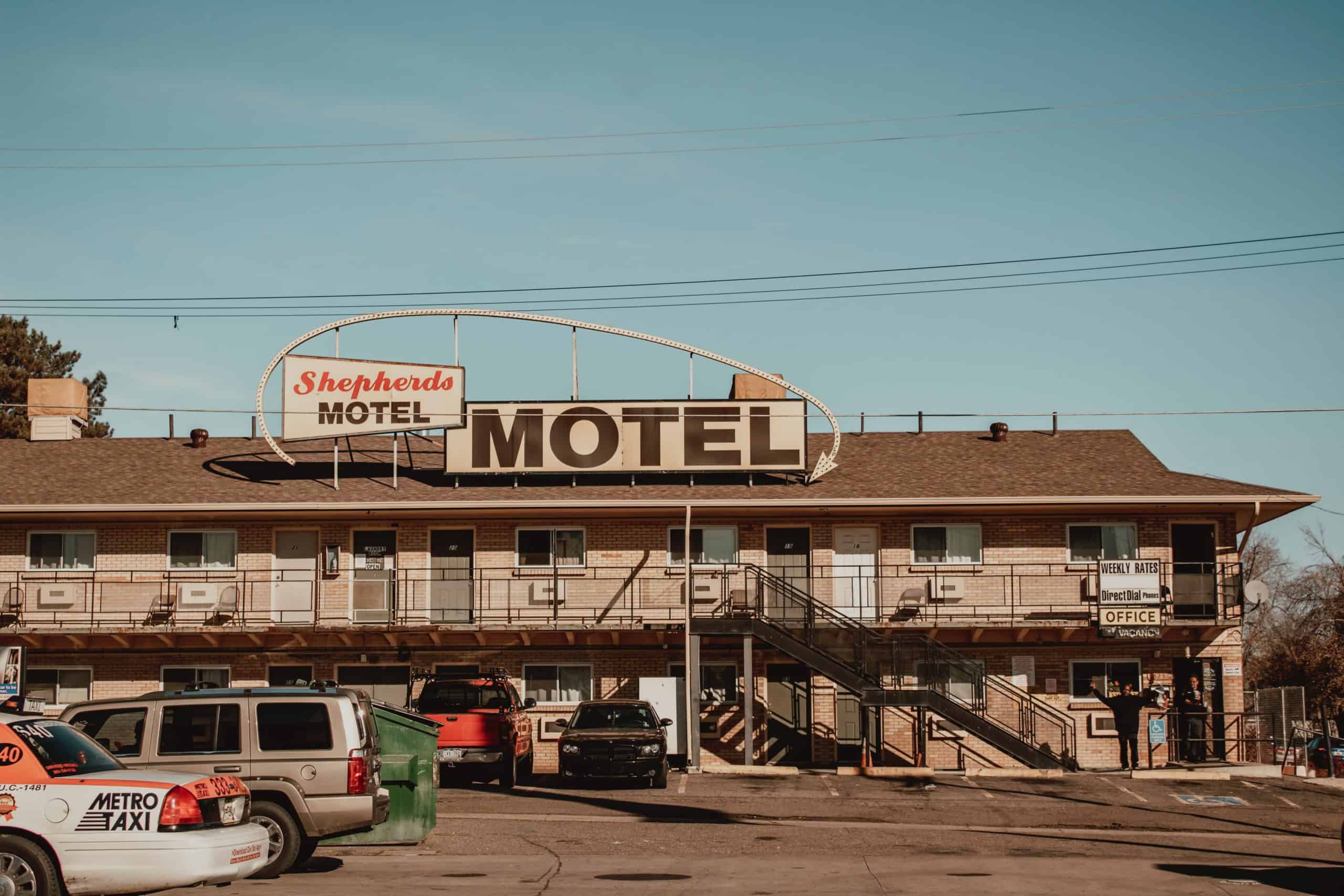Nativity scenes are everywhere this time of year. There’s a porcelain one on the mantel, one made of small clay figures on the dinner table, a large one adorns the altar of the parish. I’ve even seen a nativity scene with living animals. Be careful, the donkey bites.
Seeing these nativity scenes with beautiful figurines, silent babies, and clean, odorless animals, I often miss the significance of what I’m seeing. Transformed from a scene of a child born in extreme poverty to a beautiful decoration, the story of Jesus’ birth is changed from an act of humility and love to an opportunity for Christmas photos. This beauty makes it easy to forget the reality of Jesus’ birth. If I could recreate a modern nativity scene, I don’t think it would be the perfect backdrop for the annual family photo. I think it would look a lot more like scenes I see across town every day.
“Away in a manger, no crib for a bed / The little Lord Jesus, lay down His sweet head. The stars in the sky, look down where He lay / The little Lord Jesus, asleep on the hay.”
When the words are sung to a gentle tune, they lose their meaning, but reading them without a melody paints a harsh portrait of the reality of God’s incarnation. A manger, no crib, no bed, a baby laid to sleep in a feeding trough. The stars in the sky, look down where Jesus sleeps, making it sound like the baby Jesus is sleeping outside. The nativity scenes I see make the barn look comfortable, neat, and orderly, like perhaps the cow had just finished tidying up before the guests arrived. But a baby born in a barn, under the stars, and laid to rest in a feeding trough seems very different from the orderly statues all admiring a happy looking newborn who can already lift his right arm in blessing.
What might the nativity scene look like if Jesus were born today? If God entered the world in similar conditions, what would we place on the mantle? If Mary and Joseph couldn’t find a room in town, maybe they would have ended up asleep in their car in a quiet motel parking lot. Or maybe the Holy Family wouldn’t have owned a car, maybe they would have arrived on a bus. Maybe then, if all the rooms were full, a kind motel clerk would have loaned the Holy Family a vacant storage room to stay for the night. Perhaps Jesus would have been laid to rest in a leaky Coleman in a hidden public park.
What about the animals in the stable or the visitors? Instead of a shepherd boy or kings from the East, Jesus would be surrounded by those in a similar situation: fellow travelers, tired and anxious to get home, other folks sleeping in tents, eager to see the newborn King. Afterall, a woman in labor would attract a lot of attention and probably gather a crowd. A gentle donkey might be replaced with a stray dog, searching for food among the gathered strangers. The drummer boy’s lullaby might be replaced with loud and repetitive music pouring out of a seedy looking establishment across the street or down the alley.
The Holy Family sleeping in a car, or a tent. When I think of the nativity scene in this way, it hardly seems like something to adorn our mantle or the altar of a church but there is a certain beauty about it. Hope and life entering the world, through a new born baby, amid so much suffering and poverty. God choosing to make God’s appearance where I would least expect it.
The reality of Christmas is not the beautiful nativity scene we place in our homes, or on our altars, but it is a beautiful scene, nonetheless. When hope is born in the midst of suffering, Christ enters the world in a way we might not expect. Those tents I see on the sidewalk, those RVs, those motels in that part of town I’d prefer to avoid, Christ is being born into those places every day, in unexpected ways.
In my life, I have been touched by the generosity of those who have very little. When a man living in a shelter gives his extra rain jacket to another man who doesn’t have one, hope is born. When a neighbor shares her extra eggs with another neighbor and her children for breakfast, hope is born. When a woman living in a tent checks in on her neighbor who hasn’t been feeling well, sharing a hot cup of coffee, hope is born.
In these places, hope is born. Maybe when I look at these spaces I would prefer not to see, they can be a reminder of Christ’s presence in the world. Maybe they can remind me that God chose to save us not through gifts and carols but in the parking lot of a small motel.
Jesuit poet Gerard Manley Hopkins writes “for Christ plays in ten thousand places, Lovely in limbs, and lovely in eyes not his, to the Father through the features of men’s faces.” Christ is entering the world this Christmas in ten thousand places. But they may not be the places I expect. If I wanted to put Christ back in Christmas, if I really wanted to find the reason for the season, maybe I should look where I least expect. Maybe I’ll start in those places I’d rather not go, places where hope is, unexpectedly, born.


